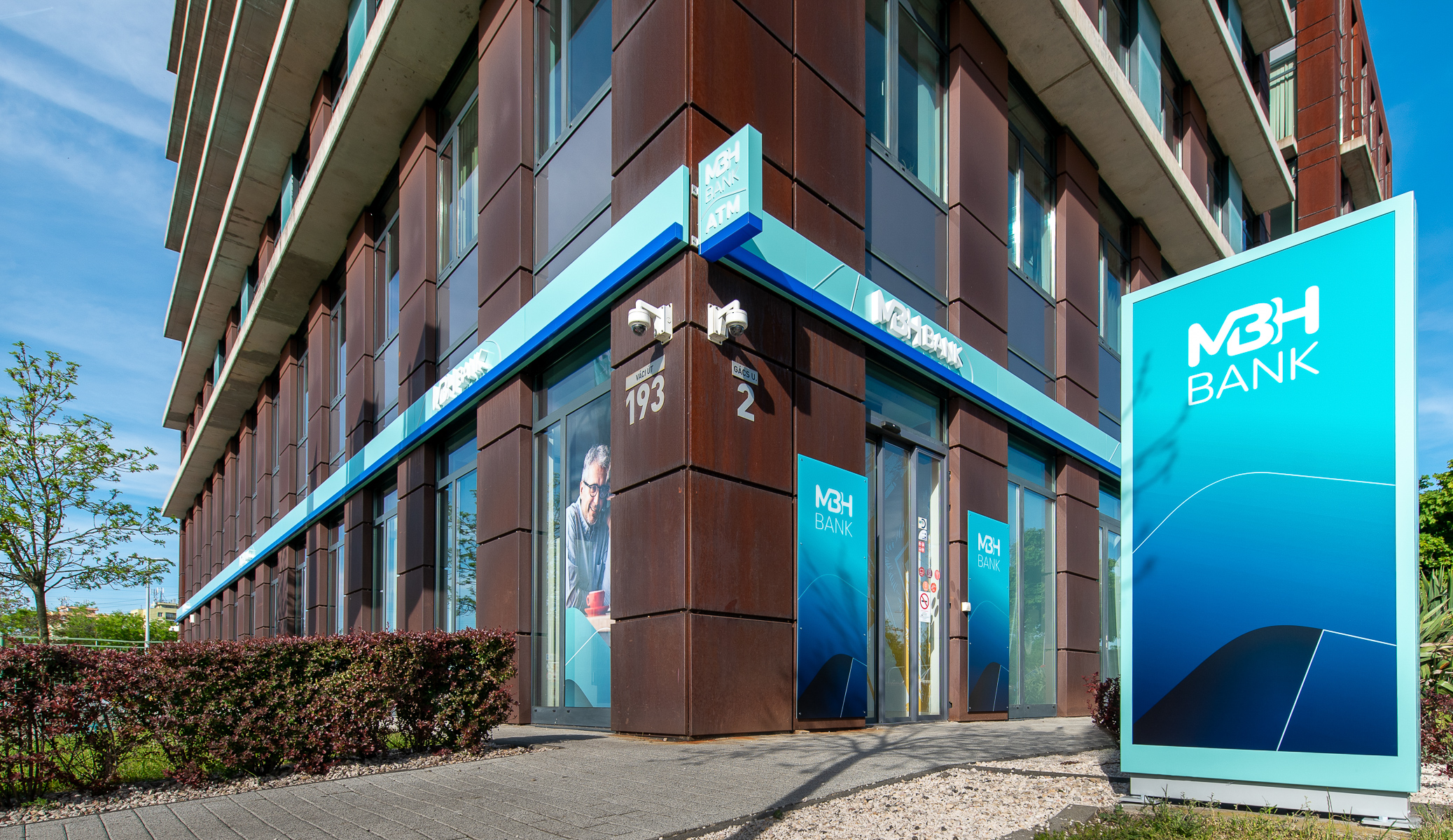Hungarian Investment Markets Awaiting Price Correction

The H2Office development was a significant investment deal in the Budapest market in 2023.
The conventional wisdom is that there will not be a recovery in the Hungary investment market until at least next year as a re-pricing process needs to be gone through, writes Budapest Business Journal real estate editor Gary J. Morrell.
Hungarian asset owners need to re-access pricing to become an attractive investment destination again. Essentially, real estate investment trends in Central Europe are 12 months behind Western Europe, and there is a further time lag between Hungary and the remainder of the established Central European markets, according to Mike Edwards, head of capital markets at Cushman & Wakefield Hungary.
A bounce back in Western European markets by the end of this year would make a recovery in Hungarian investment possible next year.
“There is a need to be more realistic in pricing in relation to Western Europe,” Edwards said at the second Cushman & Wakefield Hungary Market Outlook Breakfast at the Café Gerbeaud, attended by around 80 Hungarian and international property professionals.
Cushman & Wakefield traced EUR 630 million in investments for Hungary in 2023, representing a 43% fall in year-on-year activity. The consultancy recorded about EUR 5 bln in investment volume across the region (Hungary plus Bulgaria, the Czech Republic, Poland, Romania, and Slovakia), representing a 55% fall in year-on-year activity. The investment volume for Hungary represents 11% of this total. Poland and the Czech Republic are the leading Central and Eastern European destinations.
According to the consultancy, 65% of transactions in Hungary were undertaken by domestic investors, marginally up from 2022, when domestic capital accounted for 63% of investment activity. Traditionally, the country has always had a high proportion of local players. It is a trend that may be spreading.
Significant Shift
“In 2023, Central Europe’s commercial real estate market saw a significant shift in the source of capital, with a marked increase in local investment share amidst a decrease in Western capital inflow. This transition reflects a broader trend of regional investors playing a more pivotal role in sustaining market liquidity and driving investments,” comments Cushman & Wakefield.
Yields for Hungary are put at 6% for prime office, 6.75% for prime industrial and 7% for prime high retail and shopping centers. The market anticipates further yield adjustments.
The retail sector currently has the most positive indicators, with retail sales improving in addition to rental growth, particularly outside of the capital. Some 35 new brands have entered Hungary since 2019. This includes Primark, due to open its first store in Hungary. The country has the lowest density of shopping center space in CEE, and no major shopping centers are in the pipeline.
There are significant opportunities in the industrial sector, with stock well below the CEE average and strong take-up. Vacancy stands at a comparatively low 8% despite the unprecedented supply over the past five years. The market has also moved from being almost entirely Budapest-centric to more country-wide, as in other Central European markets. From a supply perspective, development trends have moved from a speculative to a built-to-suit basis.
Take-up in the office market is still down on pre-pandemic levels with a significant drop in requirements for large corporations, although 90% of relocations of 1,000-plus sqm are to new buildings. With ESG issues and quality having come to the fore, there is now a clear distinction between newer and older buildings. Vacancy stands at 13%. Several office projects are available for investors if a price can be agreed.
Ilya Nikitin from Morgan Stanley argued that a clear pricing distinction between Hungary and Western Europe needs to be established for the country to attract international investors. Edwards estimates investment volume for Hungary in 2024 to EUR 500 mln-750 mln mark.
This article was first published in the Budapest Business Journal print issue of March 22, 2024.
SUPPORT THE BUDAPEST BUSINESS JOURNAL
Producing journalism that is worthy of the name is a costly business. For 27 years, the publishers, editors and reporters of the Budapest Business Journal have striven to bring you business news that works, information that you can trust, that is factual, accurate and presented without fear or favor.
Newspaper organizations across the globe have struggled to find a business model that allows them to continue to excel, without compromising their ability to perform. Most recently, some have experimented with the idea of involving their most important stakeholders, their readers.
We would like to offer that same opportunity to our readers. We would like to invite you to help us deliver the quality business journalism you require. Hit our Support the BBJ button and you can choose the how much and how often you send us your contributions.











